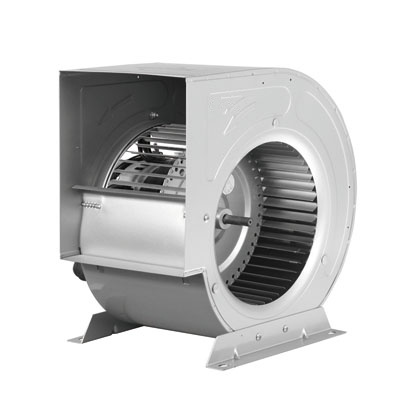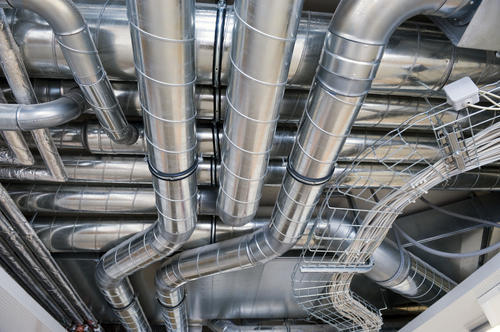Technopia is engaged in Design, Engineering, Consultancy, Manufacturing, Installation, testing and commissioning of HVAC- Heating , Ventilation, Air conditioning system such as Air Cooling System , Centrifugal Blower , Ducting and Air pollution control Equipments such as Dust collector , Fume extraction system , Wet scrubber , FRP tanks and FRP lining and Coatings.
Heating, ventilation, and air conditioning (HVAC) system is designed to achieve the environmental requirements of the comfort of occupants and a process. HVAC systems are more used in different types of buildings such as industrial, commercial, residential and institutional buildings. The main mission of HVAC system is to satisfy the thermal comfort of occupants by adjusting and changing the outdoor air conditions to the desired conditions of occupied buildings.
HVAC systems can be classified according to necessary processes and distribution process . The required processes include the heating process, the cooling process, and ventilation process. Other processes can be added such as humidification and dehumidification process. These process can be achieved by using suitable HVAC equipment such as heating systems, air-conditioning systems, ventilation fans, and dehumidifiers. The HVAC systems need the distribution system to deliver the required amount of air with the desired environmental condition. The distribution system mainly varies according to the refrigerant type and the delivering method such as air handling equipment, fan coils, air ducts, and water pipes.
The Few basic components or equipment of an HVAC system that delivers conditioned air to satisfy thermal comfort of space and occupants and the achieve the indoor air quality are listed below:
-
Air filter
-
Supply fan
-
Exhaust or relief fans and an air outlet
-
Outdoor air intake
-
Ducts
-
Terminal devices
-
Return air system
-
Cooling tower
-
Boiler
-
Water chiller
-
Humidification and dehumidification equipment etc…..
HVAC is short for heating, ventilation and air conditioning.
Heating: Harnessed to create warmth in interior spaces, common heating systems include boilers, furnaces and heat pumps. In most cases, heat is distributed throughout building using heated water, steam or air flow. In the case of water and steam, heat is typically distributed throughout the building using radiators, which are mounted on the walls or embedded in the floor. In the case of air flow, heated air is distributed through ductwork systems, which return air through metal or fiberglass ducts. Air supply is filtered to remove dust and pollen.
Ventilation: Ventilation is the process of removing and replacing air within a space, in order to provide high indoor air quality. This includes, but is not limited to oxygen replenishment and the removal of moisture, odors, smoke, dust and carbon dioxide. Mechanical ventilation methods can include extractor fans and recirculation fans; passive methods include operable windows, louvers and trickle vents.
Air Conditioning: Air conditioning provides cooling and humidity control for a building. In most cases, external air is drawn into the building, at which point heat is removed from the air using cooling refrigerants. During the cooling process, dehumidification — or “air drying” — also occurs. Humidity conditions will be closely linked to the typology you are working with. For example, speak to a consultant if you are building a manufacturing plant, gymnasium or commercial kitchen, since these types of facilities could require specialized cooling or dehumidifying mechanisms.
Send your enquiry on sales@technopiaetech.com






